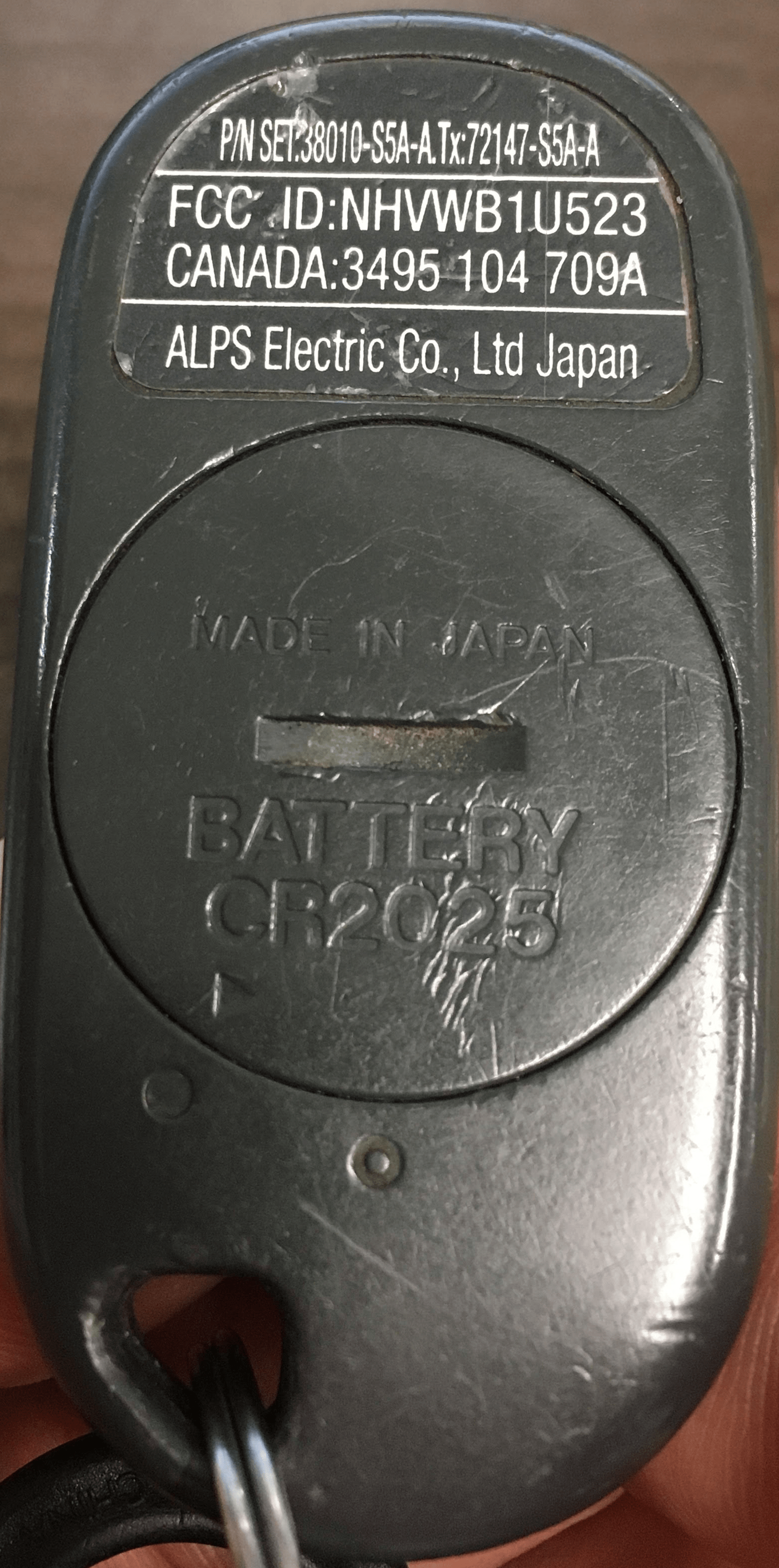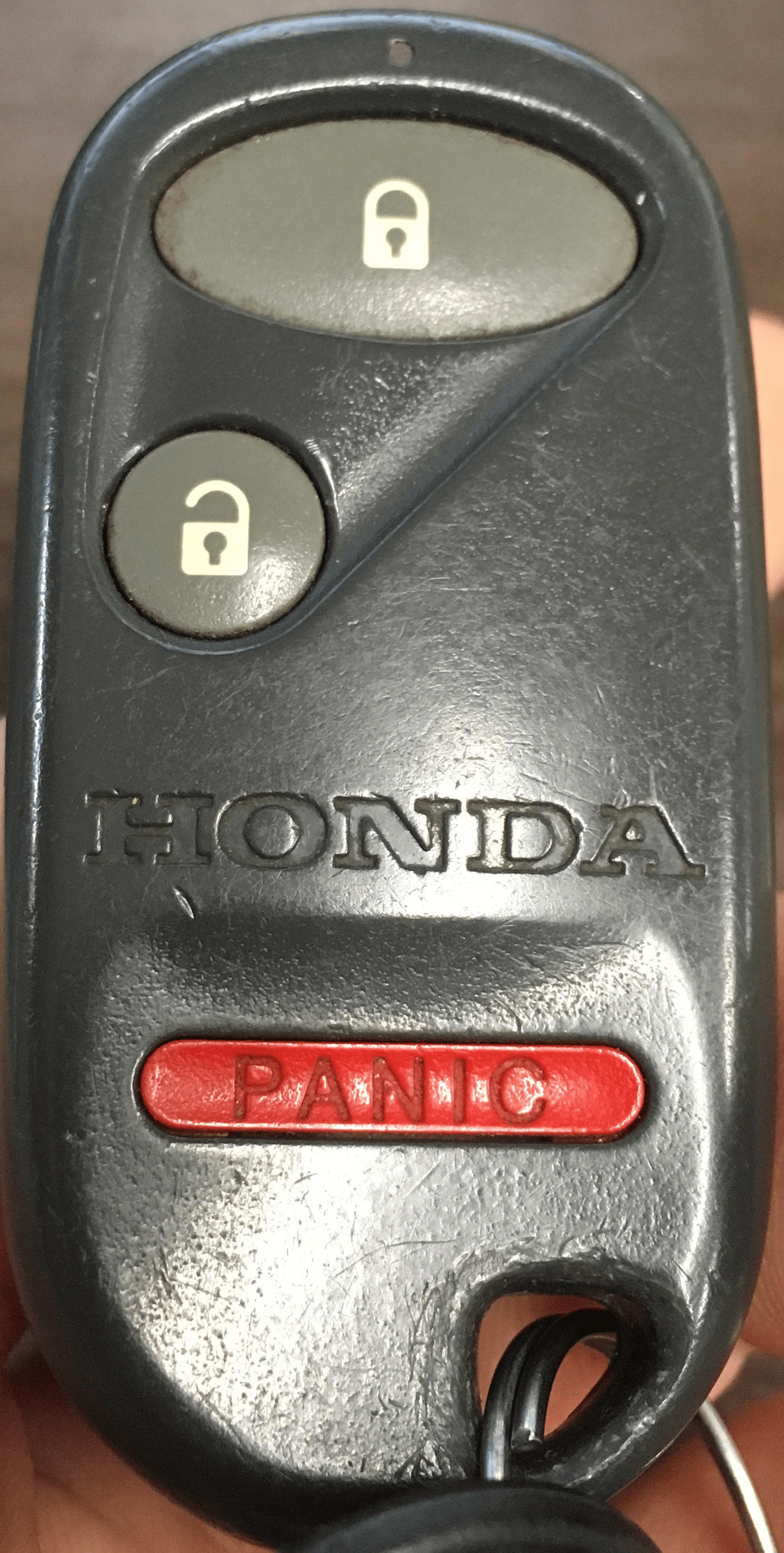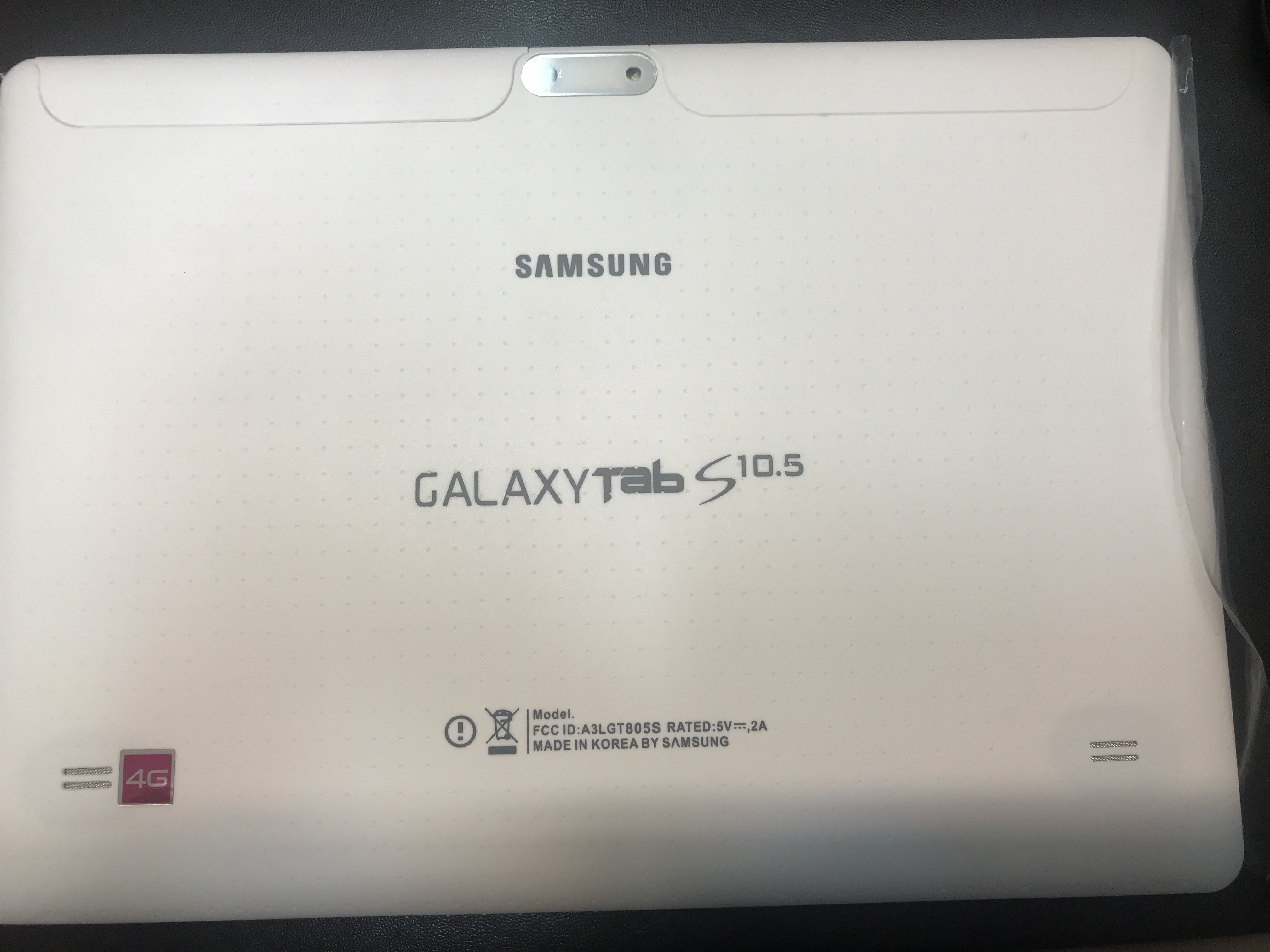Marketing a device without FCC certification
Per 47 CFR §2.803
(a) Marketing, as used in this section, includes sale or lease, or offering for sale or lease, including advertising for sale or lease, or importation, shipment, or distribution for the purpose of selling or leasing or offering for sale or lease.
(b) General rule. No person may market a radio frequency device unless:
- For devices subject to authorization under certification, the device has been authorized in accordance with the rules in subpart J of this chapter and is properly identified and labeled as required by §2.925 and other relevant sections in this chapter; or
- For devices subject to authorization under Supplier’s Declaration of Conformity in accordance with the rules in subpart J of this part, the device complies with all applicable technical, labeling, identification and administrative requirements; or
- For devices that do not require a grant of equipment authorization under subpart J of this chapter but must comply with the specified technical standards prior to use, the device complies with all applicable, technical, labeling, identification and administrative requirements.
(c) Exceptions. The following marketing activities are permitted prior to equipment authorization:
- Activities under market trials conducted pursuant to subpart H of part 5.
- Limited marketing is permitted, as described in the following text, for devices that could be authorized under the current rules; could be authorized under waivers of such rules that are in effect at the time of marketing; or could be authorized under rules that have been adopted by the Commission but that have not yet become effective. These devices may not be operated unless permitted by §2.805.
(i) Conditional sales contracts (including agreements to produce new devices manufactured in accordance with designated specifications) are permitted between manufacturers and wholesalers or retailers provided that delivery is made contingent upon compliance with the applicable equipment authorization and technical requirements.
(ii) A radio frequency device that is in the conceptual, developmental, design or pre-production stage may be offered for sale solely to business, commercial, industrial, scientific or medical users (but not an offer for sale to other parties or to end users located in a residential environment) if the prospective buyer is advised in writing at the time of the offer for sale that the equipment is subject to the FCC rules and that the equipment will comply with the appropriate rules before delivery to the buyer or to centers of distribution.
(iii) (A) A radio frequency device may be advertised or displayed, (e.g., at a trade show or exhibition) if accompanied by a conspicuous notice containing this language:
This device has not been authorized as required by the rules of the Federal Communications Commission. This device is not, and may not be, offered for sale or lease, or sold or leased, until authorization is obtained.
(B) If the device being displayed is a prototype of a device that has been properly authorized and the prototype, itself, is not authorized due to differences between the prototype and the authorized device, this language may be used instead: Prototype. Not for Sale.
(iv) An evaluation kit as defined in §2.1 may be sold provided that:
- Sales are limited to product developers, software developers, and system integrators;
(B) The following notice is included with the kit:
FCC NOTICE: This kit is designed to allow:
- Product developers to evaluate electronic components, circuitry, or software associated with the kit to determine whether to incorporate such items in a finished product and
- Software developers to write software applications for use with the end product. This kit is not a finished product and when assembled may not be resold or otherwise marketed unless all required FCC equipment authorizations are first obtained. Operation is subject to the condition that this product not cause harmful interference to licensed radio stations and that this product accept harmful interference. Unless the assembled kit is designed to operate under part 15, part 18 or part 95 of this chapter, the operator of the kit must operate under the authority of an FCC license holder or must secure an experimental authorization under part 5 of this chapter.
(C) The kit is labeled with the following legend: For evaluation only; not FCC approved for resale; and
(D) Any radiofrequency transmitter employed as part of an evaluation kit shall be designed to comply with all applicable FCC technical rules, including frequency use, spurious and out-of-band emission limits, and maximum power or field strength ratings applicable to final products that would employ the components or circuitry to be evaluated.
(d) Importation. The provisions of subpart K of this part continue to apply to imported radio frequency devices.
[78 FR 25161, Apr. 29, 2013, as amended at 79 FR 48691, Aug. 18, 2014; 80 FR 52414, Aug. 31, 2015; 82 FR 50825, Nov. 2, 2017]


